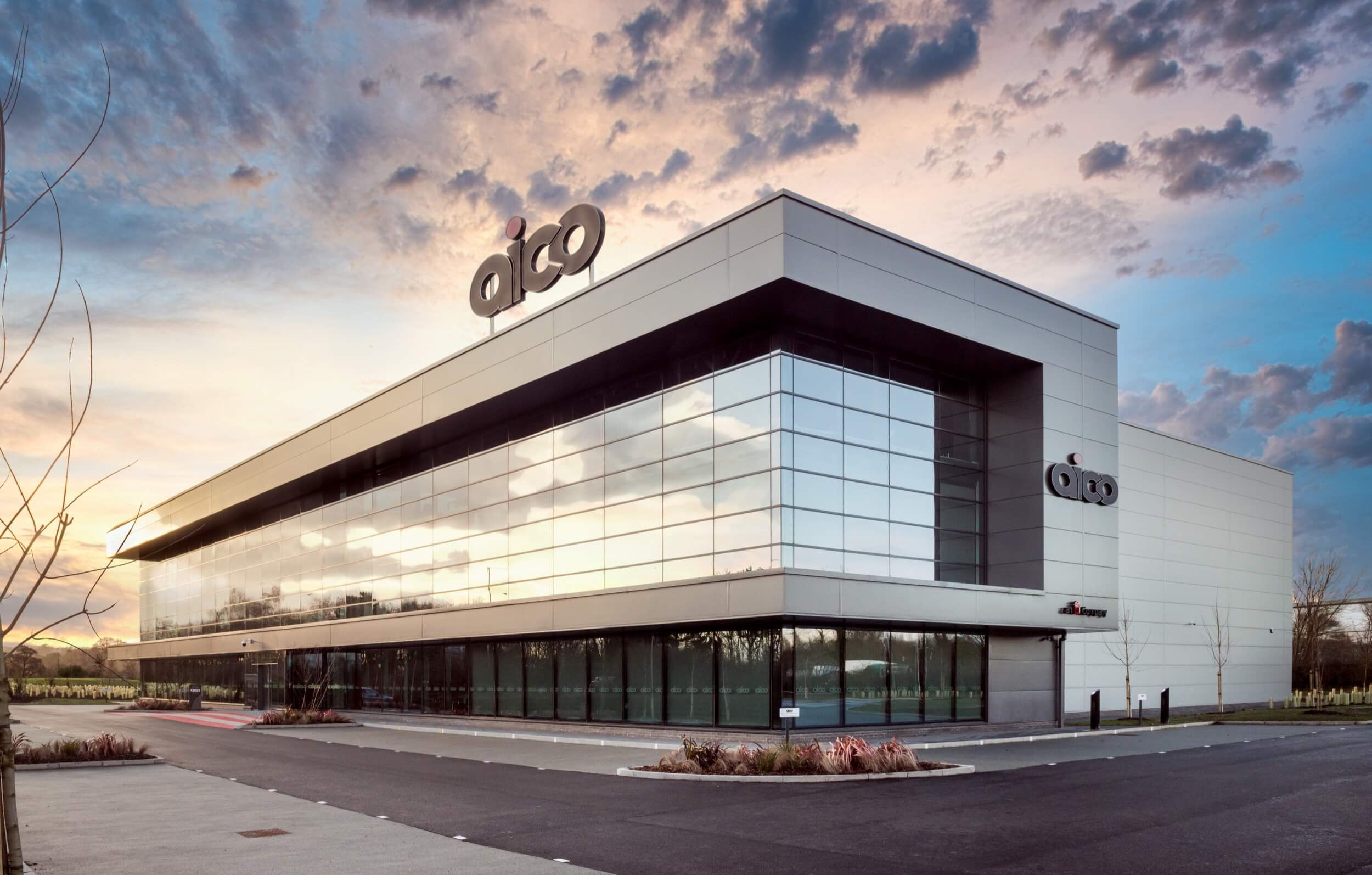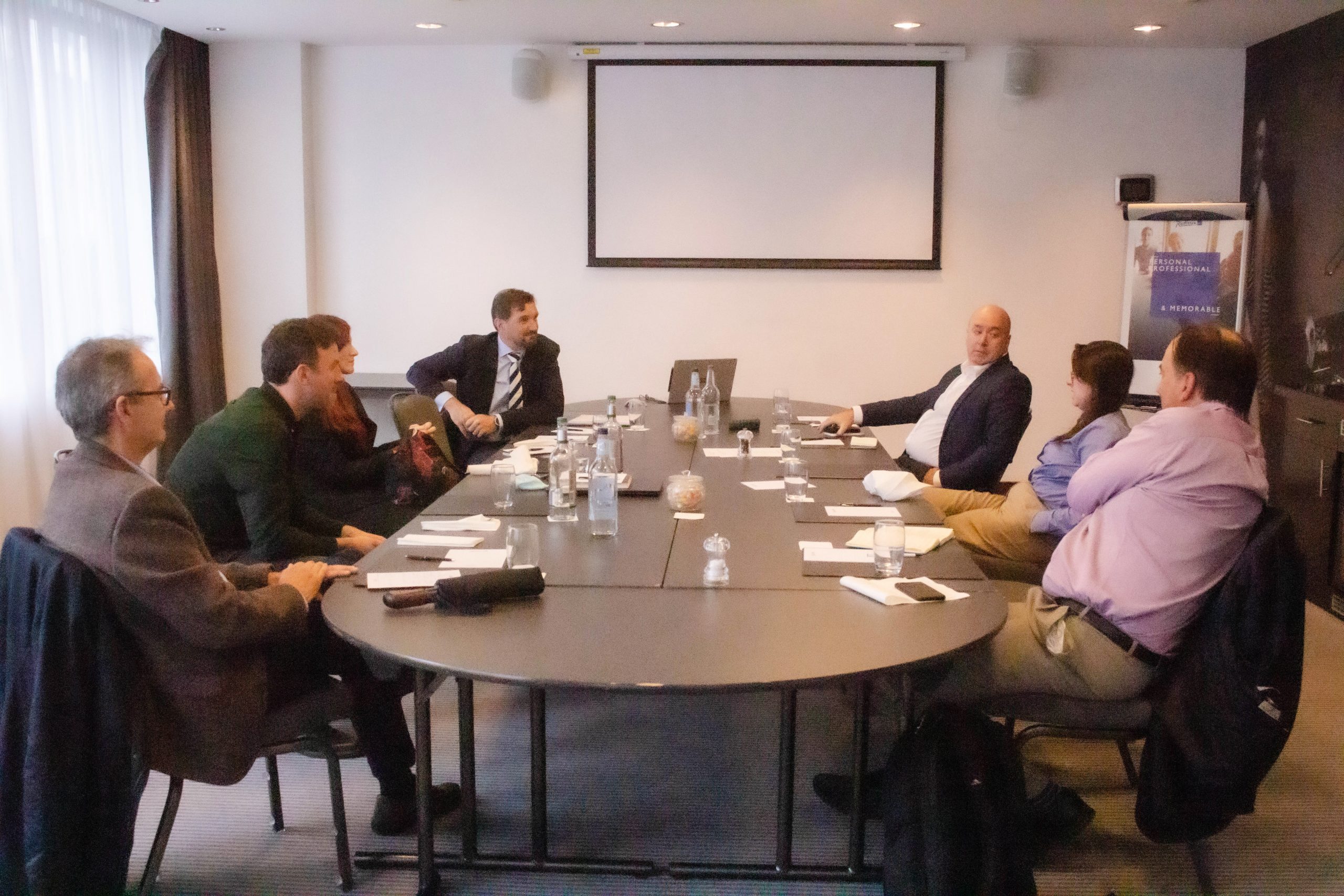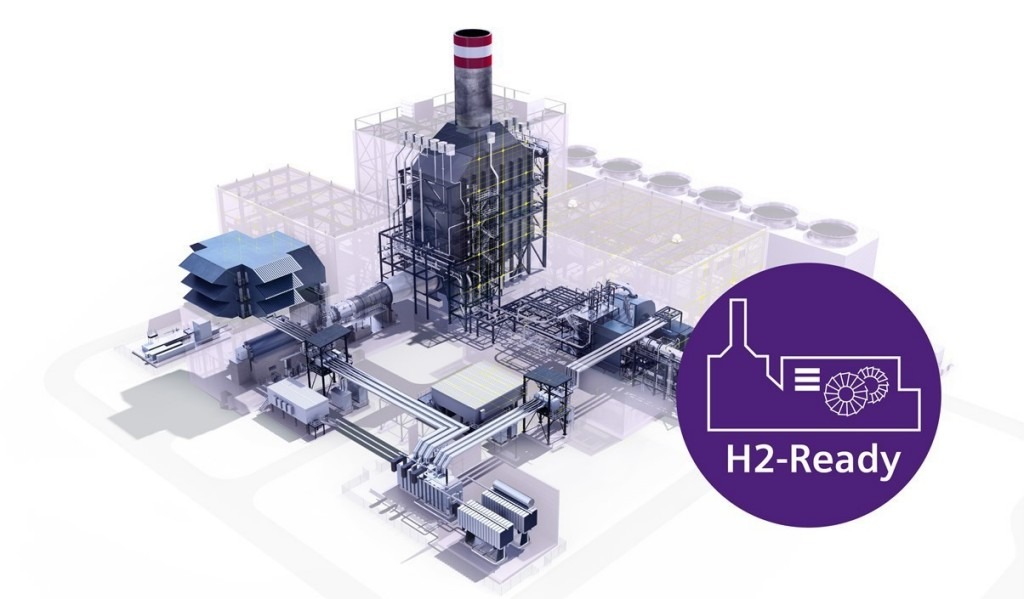Can This New Approach Help Reduce Fuel Poverty in Social Housing?

After Aico released its Streamlined Energy and Carbon Report, Housing Industry Leaders looks closely at the report and what it means for net-zero in housing.
Having recently been selected as a Net Zero Carbon Champion by the Construction Leadership Council (CLC). Aico is one of 14 companies to join the supply chain initiative to address the climate change emergency.
The streamlined Energy Carbon Report can be found here.
Housing Industry Leaders spoke to Jordan Toulson, Product Manager at Aico to discuss the importance of striving for net-zero and setting the bar for the rest of the industry.
In previous events and interviews, Aico has highlighted their indoor air quality sensors and safety sensors for social housing across the UK.
Thermal performance monitoring is just one tool in the box
Another important aspect of improving the energy efficiency of homes and making the environmental impacts lower is managing heat loss in homes. Jordan said: “We look closely at the thermal performance of a building, room or property. That allows us to calculate the time to lose one-degree value.
The major benefit of doing this for every property and every room across their whole stock, which is 95% of social housing, is that they can prioritise the building which needs improving the most
This has a knock-on effect on the social housing tenants as the least energy-efficient houses can be retrofitted sooner and reduce fuel poverty for the most vulnerable people.
In 2019, there was an estimated 13.4 per cent of households (3.18 million) in fuel poverty in England under the LILEE metric.
When monitoring heat loss from homes there are lots of things to consider, so it is essential that the data is being collected correctly and multiple factors are being considered at the analysis stage.
Jordan explained: “We use the outdoor air temperature and the indoor air temperature. We identify periods of time when it looks like the residents don’t have the heating on and don’t have a window open, for example, to identify the loss of heat via conduction.”
Technology means tenants experience less disruption
“So, you know it’s not because the windows open or artificially high, because they’ve got the heating on. Because we’ve waited for those scenarios to occur, the data fits more naturally,” Jordan continued.
That’s a really good way of identifying properties that are thermally inefficient. It might be that the internal cavity wall insulation has dropped because it’s got wet or damp and it’s not performing as it should anymore.
Collecting data through sensors is a much less invasive method of measuring energy efficiency in tenants accommodation. This is seen as a secondary benefit but an important one. Jordan added to this, “It ticks along in the background of the tenant’s house. That is good because it can be really frustrating for a tenant if the landlord is coming around all the time, or someone’s constantly coming around to check on things.”
Within the sector, there is a lot of questions surrounding net-zero and how to measure success and track commitments made. Sensors such as the ones supplied by Aico could go a long way in making sure Housing Associations are meeting their targets up to 2025 and 2050.
Rounding up the interview, Jordan told Housing Industry Leaders: “We will provide the data so that the landlords can understand where they are best spending their money. Also, what technologies are best, what technologies are working for their stock.”

